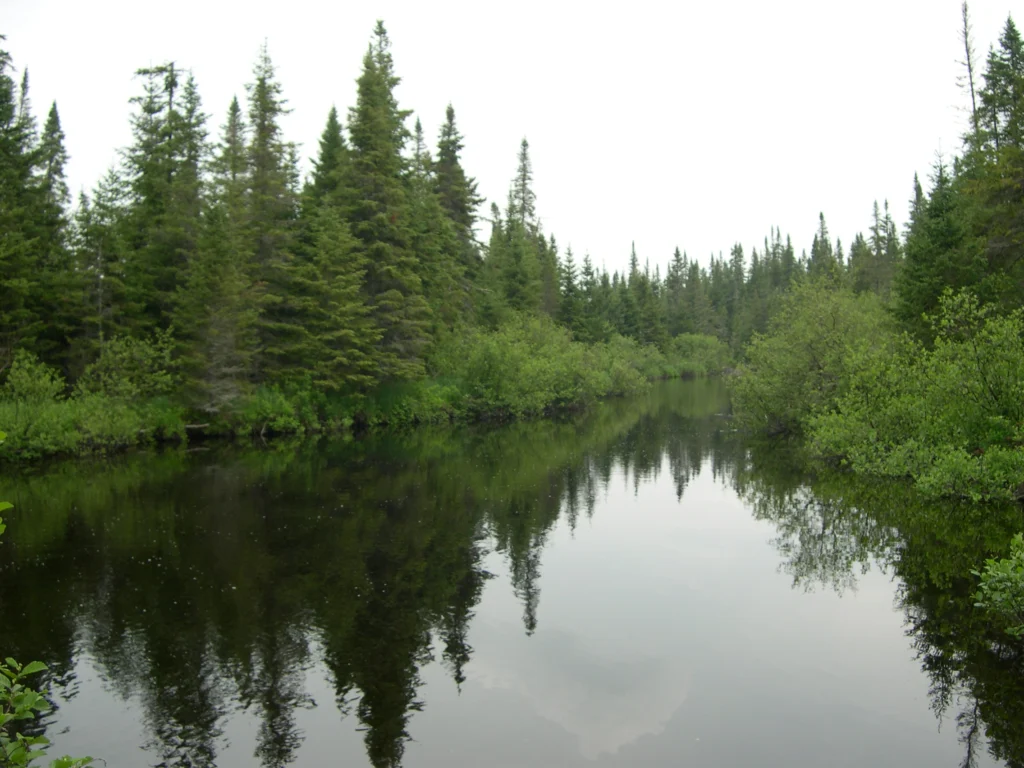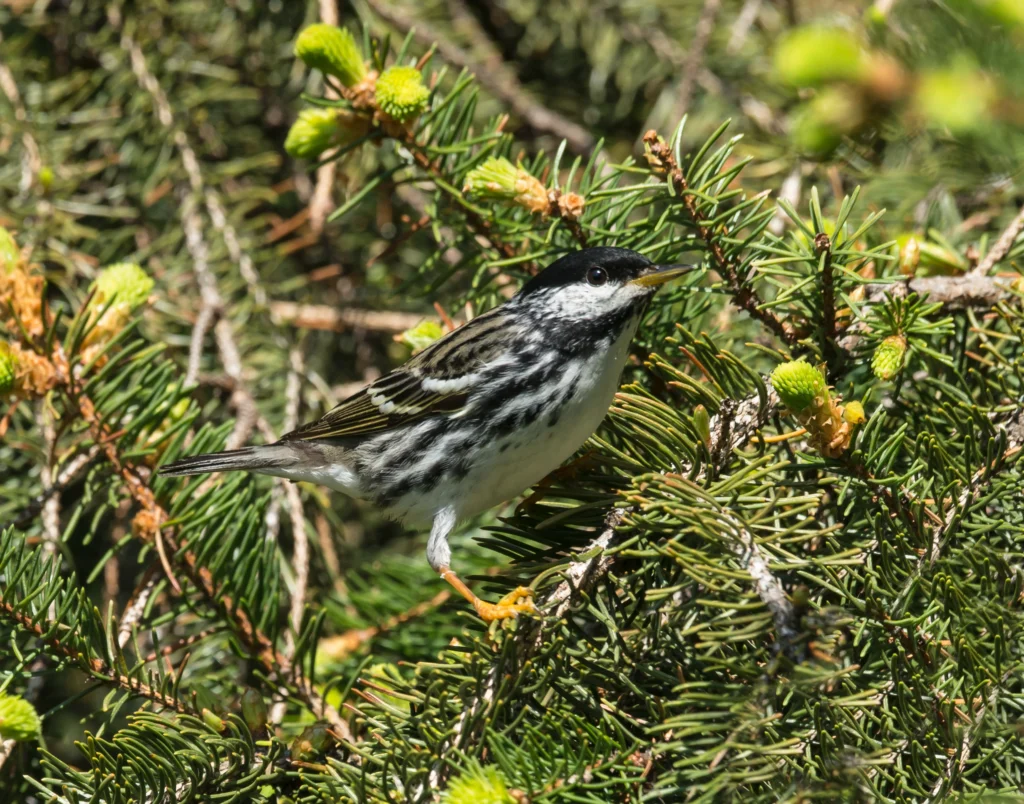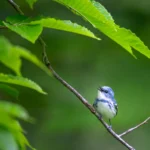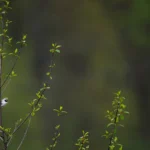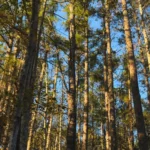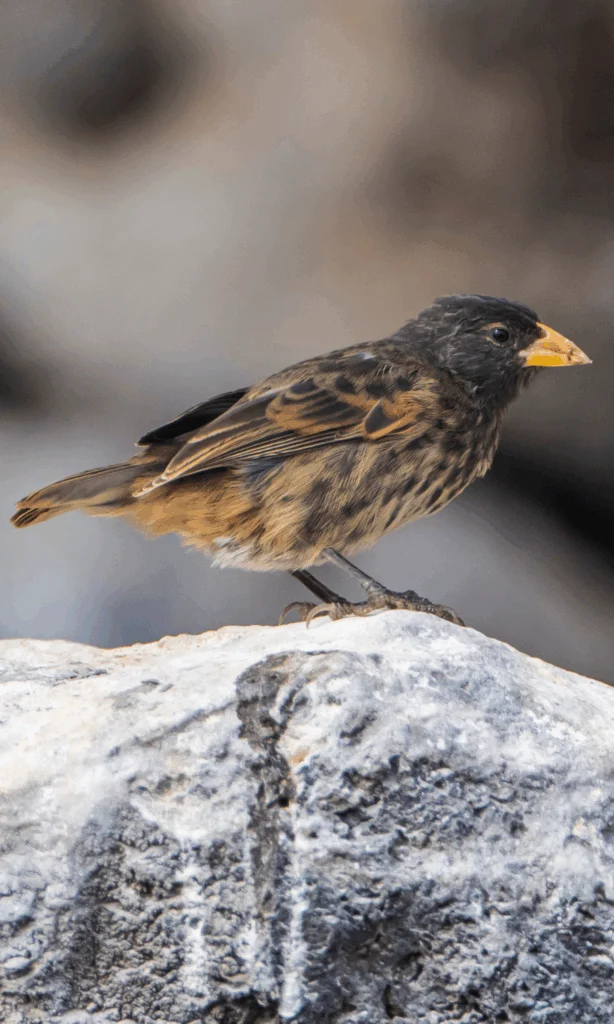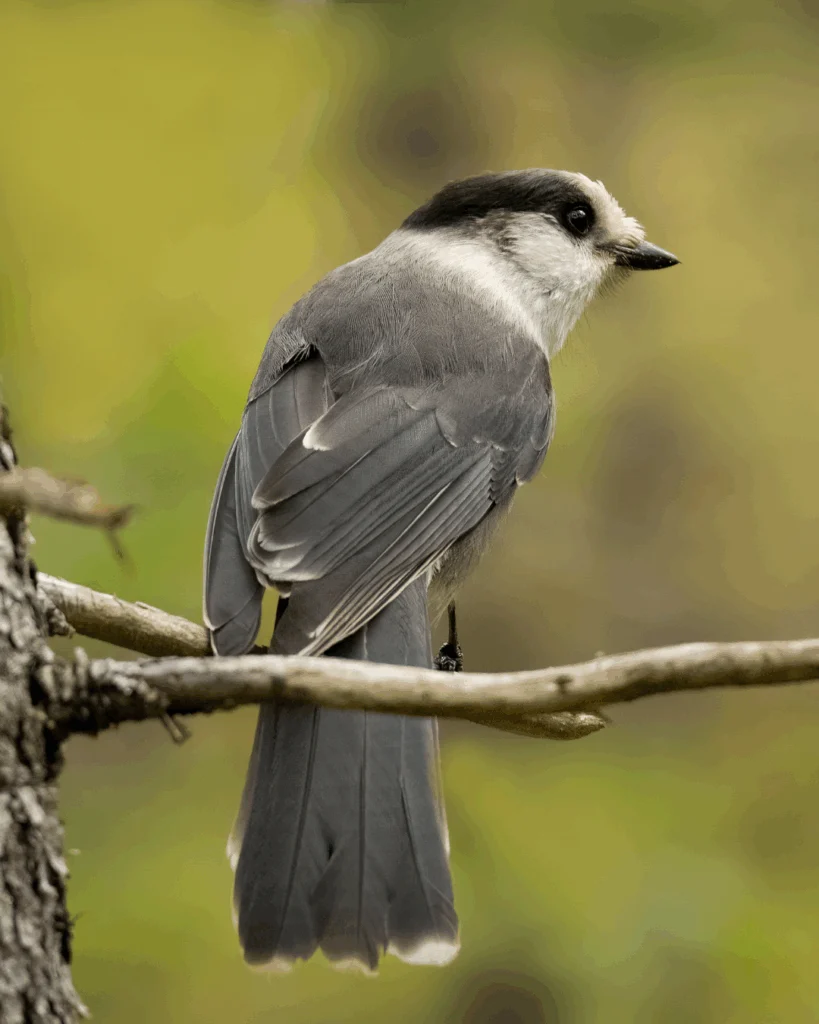While the boreal forest is the endpoint for migration for hundreds of the Western Hemisphere’s migratory bird species, it is also the place where millions of birds’ lives begin each year. Nearly every Blackpoll Warbler’s journey starts when it hatches in the boreal forest, the largest intact forest in the world. Here, in “North America’s bird nursery,” more than 80 percent of all Blackpoll Warblers raise their young amid sprawling firs, spruces, and pines in the company of upwards of 300 other migratory bird species. Every year, as the breeding season ends, millions of young birds depart the boreal forest and travel south to non-breeding grounds for the first time. They follow one of four “flyways,” time-tested routes that birds have been traveling for millennia that provide pathways from the boreal back to the tropics.
The boreal forest, also called taiga, lies slightly south of the Arctic Circle and spans most of inland Canada and Alaska. At 1.5 billion acres in the Western Hemisphere alone, the boreal forest is a treasured habitat not only for birds but also for many large mammals, including moose, gray wolves, and black bears, species that have been driven out of many inhabited places but are integral to a healthy ecosystem.
This massive area hosts warblers and waxwings, gallinules and grouse, nightjars and nuthatches, and nearly every bird family in between in the breeding season. Seventy percent of the world’s Endangered Whooping Cranes (a species numbering only about 800 individuals) breed in the boreal’s shallow wetlands and marshes. Another species of the boreal, the Rusty Blackbird, has lost as much as 95 percent of its population in just four decades. Today, an estimated 85 percent of the species breed around the bogs and ponds that punctuate the mixed forests of the boreal.
A world without the boreal forest would be a world without many beloved birds.
